From the moment it first aired in 1998, Cowboy Bebop has been a global phenomenon, earning a place alongside the all-time greats of anime. Characters from all walks of life, a memorable score, a unique blend of elements from many genres, and sophisticated storytelling all contribute to the show’s ongoing popularity.
Like individual tracks on a carefully crafted album, each Cowboy Bebop episode is an animated masterpiece in its own right. Not all of its 26 captivating episodes are created equal, and several have achieved near-legendary status due to several factors. So let’s look at these ten episodes, which testify to the show’s broad appeal, and represent the pinnacle of the Cowboy Bebop experience for anyone, whether seasoned anime fans or newcomers.
10. Session XX: Mish-Mash Blues (Special)
Among the canon of Cowboy Bebop episodes, “Session XX: Mish-Mash Blues,” also known as “Session XX: Words That We Couldn’t Say,” stands out as exceptional. This recap episode was produced in response to the show’s temporary withdrawal from air owing to content issues, and it ended up being a landmark in anime history. The episode is essentially a compilation of clips from previous episodes, stitched together with new voice-over material from series regulars Spike Spiegel, Jet Black, Faye Valentine, and Edward Wong. This episode stands out because it recaps events and digs into the characters’ deepest beliefs and most introspective thoughts.
The characters’ introspections in this episode provide an understanding rarely seen in fiction. The seemingly carefree and rogue bounty hunter, Spike, reflects on the pointlessness of brooding on the past. This is a profoundly ironic statement, given Spike’s internal conflict about his own past. Faye, troubled by memories of a time she can’t recall, reveals her insecurities and uncertainty about finding a permanent home with anyone. The tough ex-cop, Jet, mulls over the passage of time and the value of progress, while the childlike genius hacker, Ed, offers a profoundly offbeat perspective on life.
9. The Real Folk Blues – Part 1 & 2 (Episodes 25 & 26)
The two-part series finale, titled “The Real Folk Blues – Part 1 & 2,” brings to a heartbreaking conclusion the show’s narrative arcs, especially those involving Spike Spiegel. Spike’s history with the Red Dragon Syndicate explodes back into his present life in the first half of the season finale. This happens at a pivotal juncture in the story when one of the Bebop crew members, Faye Valentine, learns the truth about her history. The plot flows easily between Spike’s turmoil and Faye’s inner battle, building to an exciting and stressful climax.
Part two of “The Real Folk Blues” is the story’s final chapter and the series’ overall topic of addressing one’s history. Spike fights with his archenemy Vicious, knowing full well that it could be his last. Spike’s tearful goodbye to Faye emphasizes the weight of his decision and adds an additional layer of intensity to the already high stakes of the story. Like the climatic moment in “Ballad of Fallen Angels,” the showdown between Spike and Vicious in the Red Dragon Syndicate’s headquarters is highlighted by superb animation and high-intensity combat.
8. Hard Luck Woman (Episode 24)
The 24th episode of Cowboy Bebop, “Hard Luck Woman,” is a moving penultimate chapter that expertly balances emotional depth, character growth, and narrative resolution. The series’ two female stars, Faye Valentine and Edward, are the narrative’s focus as they learn secrets from their pasts and make plans for their futures. The episode opens with the return of a significant plot point that has been developing since Faye’s introduction: her background. Faye has been trying to find her place in the world for quite some time now.
In “Hard Luck Woman,” Faye watches herself as a teenager on a videocassette she found, giving the audience a glimpse into her past. She plans an adventure to discover the video’s setting and reconnect with her past. At the same time, Edward, the eccentric hacker of the show, investigates her own background after learning that her father has put a bounty on a hacker — who, it turns out, is Edward. Edward was portrayed on the show as odd, preoccupied with technology rather than people. The episode, however, reveals a softer aspect of her personality.
7. Cowboy Funk (Episode 22)
In the episode “Cowboy Funk,” we meet the flamboyant Space Cowboy Andy, who is a fascinating contrast to the show’s protagonist, Spike Spiegel. The episode opens with a reasonably routine bounty search for a serial bomber known as the Teddy Bomber due to his usage of stuffed animals laden with explosives. When Andy, another bounty hunter whose behavior is reminiscent of a cowboy straight out of a Western movie, enters the picture, things swiftly go south.
At first, Spike mistook Andy — riding his horse Onyx in full cowboy regalia — for the real Teddy Bomber, leading to a hilarious battle that gave the real one a chance to escape. The amusing rivalry between Spike and Andy is one of the main features that sets “Cowboy Funk” apart from the other Cowboy Bebop episodes. Spike seems to lose track of the original bounty as his obsession with beating Andy grows during the show. Teddy Bomber’s attempts to explain his motivations to the warring cowboys are a continuous farce that lends another dimension of humor to the story.
6. Pierrot le Fou (Episode 20)
“Pierrot Le Fou” is a chilling look at the dangers of science and the effects of grief and betrayal. In the first scene of the episode, Spike witnesses a murder committed by a bizarre, rotund man in a carnival atmosphere. This man, who we learn to know as Mad Pierrot or Tongpu, is an unstoppable killer who was the unfortunate product of a botched scientific experiment.
Tongpu’s design as a character adds to the episode’s unsettling atmosphere with his broad, childlike grin and colossal frame. One of the most notable features of “Pierrot Le Fou” is the drastic change in tone from the rest of the series. This episode deviates significantly from the series’ usual focus on a healthy mix of action, drama, and humor in favor of a very unsettling, surreal vibe. Tongpu’s odd hallucinations and the abandoned amusement park contribute to the story’s bleak atmosphere.
5. Speak Like a Child (Episode 18)
The events of “Speak Like a Child” revolve around Faye Valentine and reveal exciting details about her past. The Bebop crew receives an outdated Betamax videotape at the start of the episode, prompting a search for a suitable player. It turns out that Faye owns the tape, but she has no recollection of ever owning it owing to her amnesia. However, Spike and Jet go on a quest to find a Betamax player, which leads to a comical chain of events that contrasts with the seriousness of the primary plotline.
One of the many strengths of “Speak Like a Child” is its handling of nostalgia and the weight of the past. Faye, having emerged from cryonic slumber without a memory of her previous existence, is frequently presented as someone who is always trying to escape from the thought of her past. This experience, however, marks a significant turning point in her outlook, as she is forced to face a tangible connection to her history.
4. Mushroom Samba (Episode 17)
In “Mushroom Samba,” Edward and her quest to feed her hungry friends are at the story’s center. After a collision with another ship transporting a bounty, the Bebop has to make an emergency landing on a desert planet to open this episode. Edward and Ein, the clever corgi, set out to hunt food when they discover that the rest of the team is unconscious and the refrigerator is empty. The pair meets an assortment of eccentrics, all contributing to a string of comedic mishaps involving a cache of “special” mushrooms.
The story is told in a non-chronological order, jumping back and forth between Edward’s exploits and those of Spike, Faye, and Jet while they are high on mushrooms. The episode’s exploration of social inequity and exploitation themes is one of its most admirable qualities. The character of Domino Walker, the smooth-talking mushroom dealer, and the poor villagers who are exploited for their labor and resources represent this.
3. Jupiter Jazz – Part 1 & 2 (Episodes 12 & 13)
In “Jupiter Jazz,” the 12th and 13th episodes of the series, Faye steals the Bebop’s cash and flees to Callisto, a bleak, Jupiterian moon. Spike and Jet, the remainder of the Bebop crew, go after her and find themselves embroiled in a web of intrigue involving a strange saxophonist named Gren, and Vicious, Spike’s former ally turned enemy. The fact that Gren is intersex plays a pivotal role in these incidents. Gren’s portrayal is handled with sensitivity and respect in a medium where such representation was uncommon at the time.
These events mark a significant turning point in Spike’s life. His past with Vicious and his lost love Julia are explored so the reader can understand his background. The emotional basis of “Jupiter Jazz” is Spike’s battle to overcome his past. His confrontation with Vicious in the climax and his nightmarish images of Julia show his inner strife. Faye’s persona shifts significantly as well. Her dread of attachment, brought on by her amnesia and her past as a con artist, is revealed in her decision to leave the Bebop crew.
2. Toys in the Attic (Episode 11)
An alien-like monster on board the Bebop spaceship is the focus of “Toys in the Attic,” a solo story that departs significantly from the show’s usual narrative format. Spike, Jet, Faye, and Ed find themselves in a survival horror situation as they go through the ship’s eerie hallways to eliminate the mysterious enemy. This sets up an exciting and anxious plot that echoes the style of classic sci-fi movies like Alien.
The episode’s examination of karma as a central issue is notable. The creature acts as an agent of karma, bringing down each crew member for their shortcomings or bad habits. Each character’s flaws and motivations shine in this episode, from Spike’s recklessness to Faye’s greed, Jet’s pragmatism, and Ed’s inquisitiveness. The revelation that the monster was a mutant lobster Spike had forgotten in the fridge provides a humorous yet critical surprise. It’s a great example of how small acts of disregard may add up to big problems.
1. Ballad of Fallen Angels (Episode 5)
The episode “Ballad of Fallen Angels” is a fan favorite and a pivotal moment in the series. This episode sheds more light on Spike Spiegel, the show’s protagonist. Until this point, Spike’s history had been shrouded in mystery, albeit there had been clues of a darker, more complicated past. In “Ballad of Fallen Angels,” Spike and Vicious, two former allies turned enemies in the criminal underworld, introduce us to the Red Dragon Syndicate. When Spike learns that Mao Yenrai, a person with significant ties to his history, has been offered a bounty, the plot is set in motion.
When most episodes of Cowboy Bebop revolve around a bounty chase, “Ballad of Fallen Angels” uses that format to delve into Spike’s personal history, feelings, and the weight of his past. The episode balances the present-day bounty pursuit and the shards of Spike’s memories, producing a dramatic tale that builds to a showdown between Spike and Vicious. The episode’s stunning images culminate in this showdown, which takes place in a church. Particularly striking is the sequence in which Spike, hurt after falling from a cathedral window, has a series of rapid-fire flashbacks drawn in a washed-out, dreamy manner.



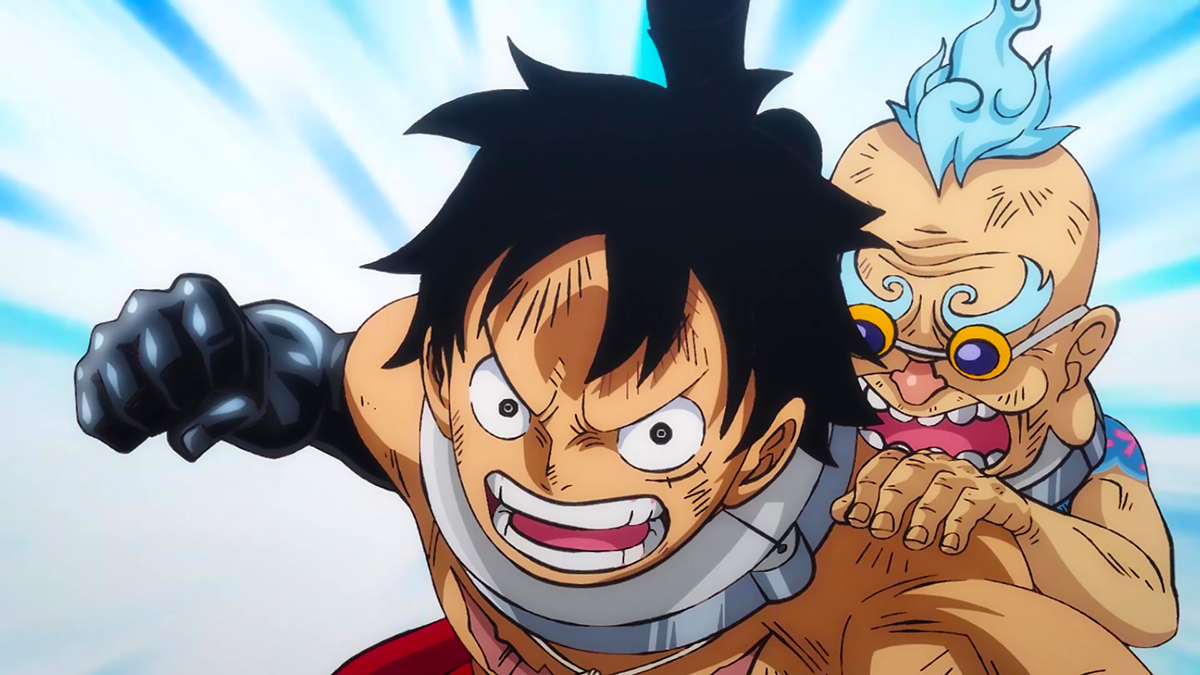
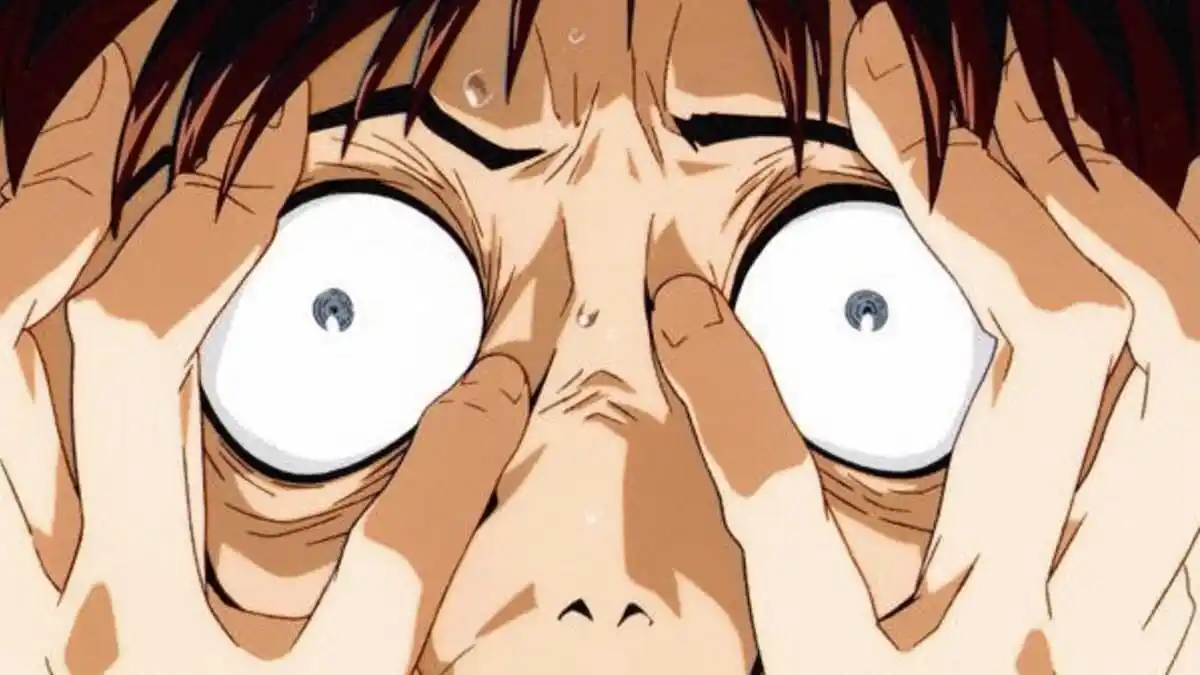
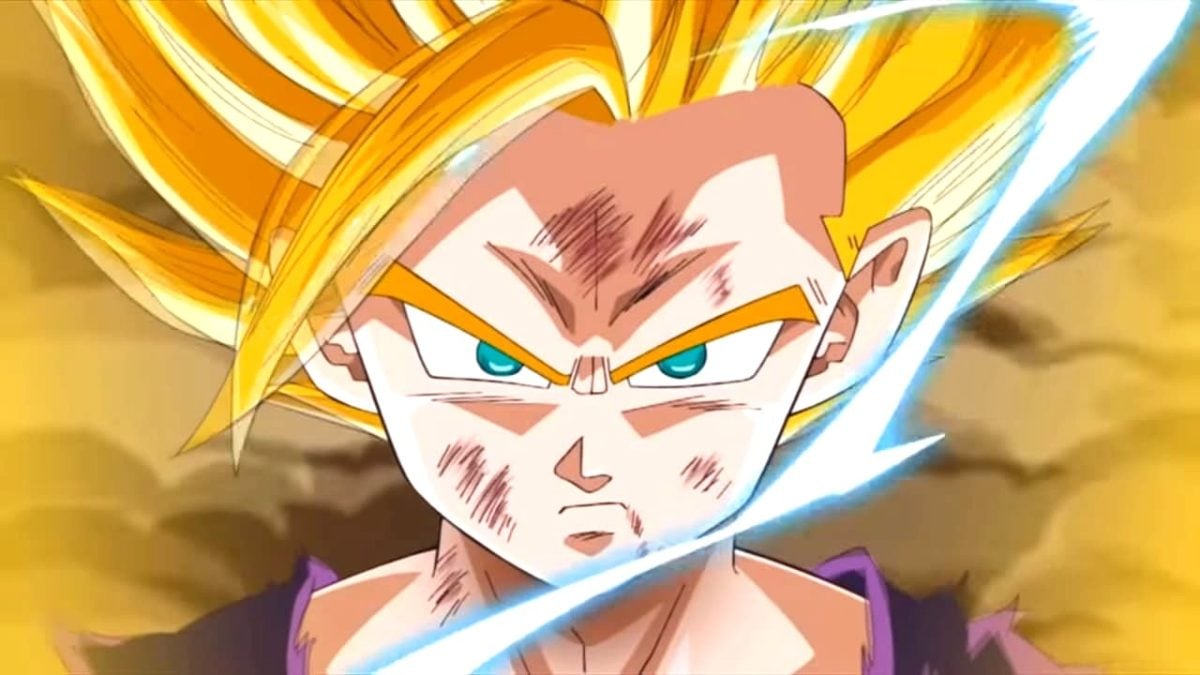

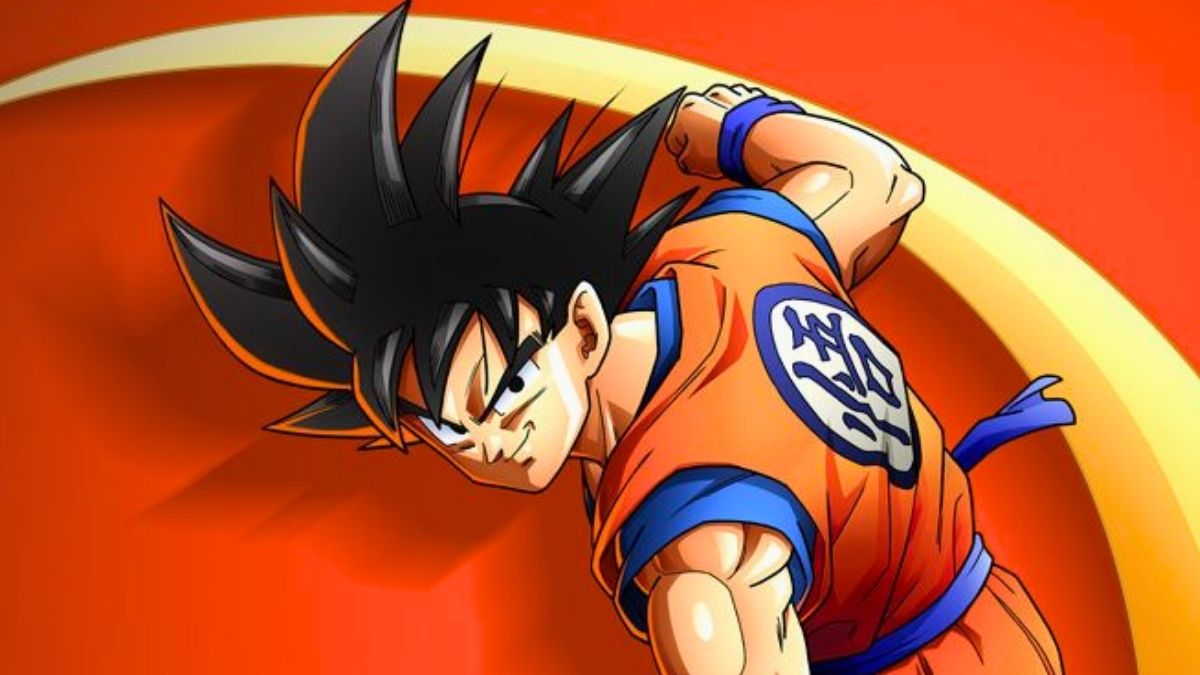
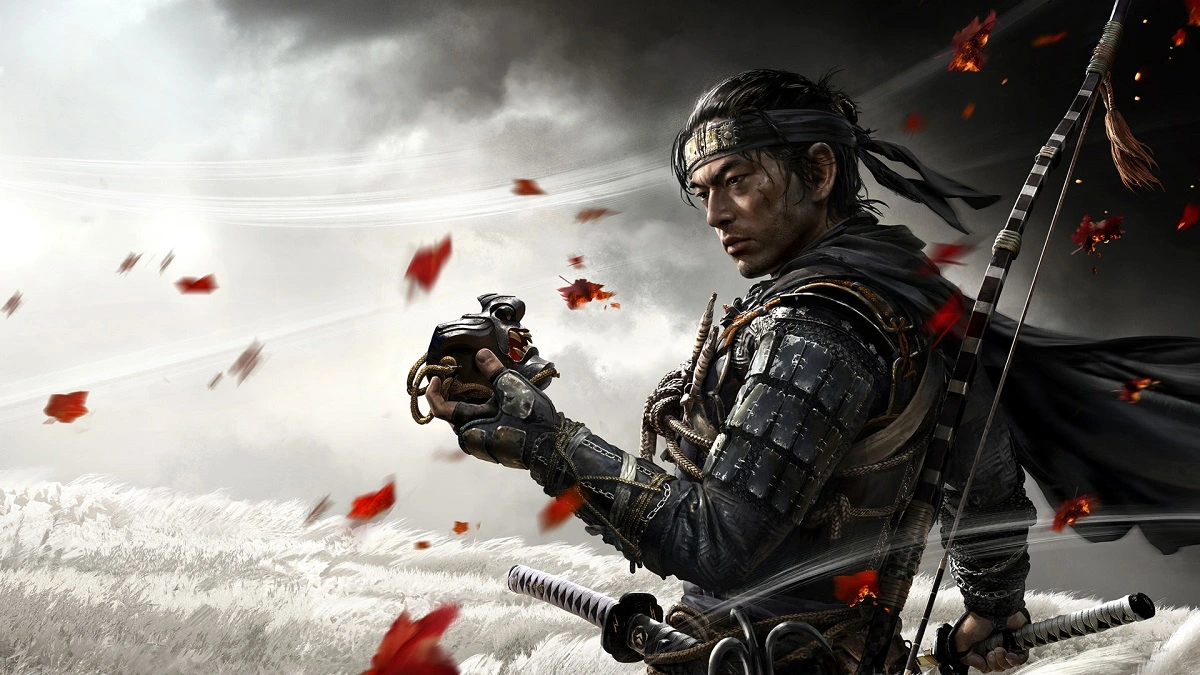
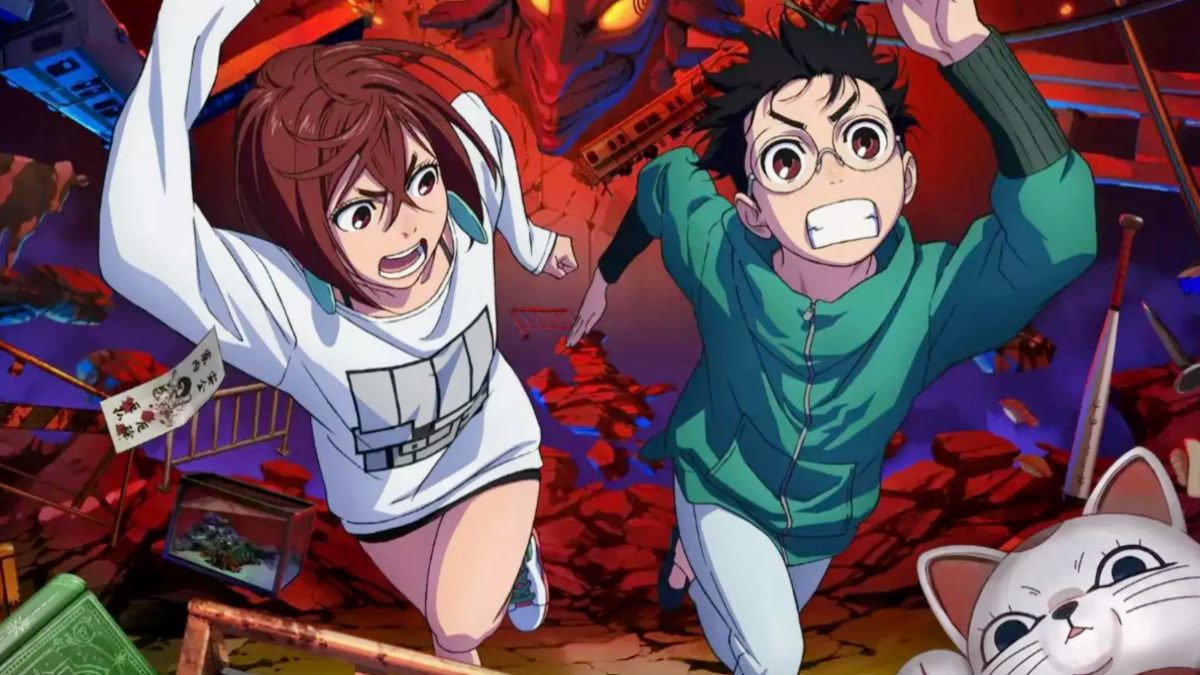

Published: Jul 10, 2023 12:22 pm